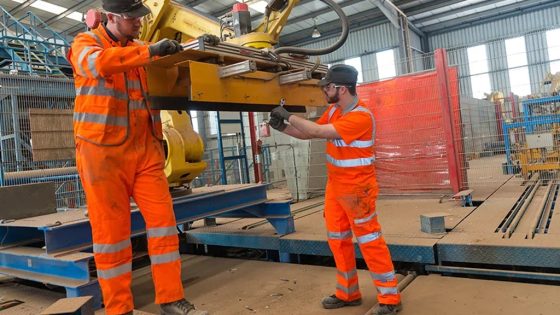Brick maker Forterra has revealed price hikes for 2025 after becoming the latest firm in the sector to warn of cost rises in the new year.
The Northampton company, which makes a number of concrete and clay building products, said it was “in discussion” with customers over higher prices.
Its announcement comes days after housebuilder Vistry forecast “pressure on build costs” next year and Persimmon noted “signs of build cost inflation beginning to emerge in price negotiations for 2025”.
Forterra said in a trading update this week: “We anticipate modest levels of cost inflation heading into 2025, with the recently announced increase in employers’ National Insurance contributions adding to this.
“We have secured around 80 per cent of our energy requirements for 2025 and also have good levels of coverage for 2026 and 2027. In response to these expected increases in our cost base we have announced selling price increases for 2025 and we are currently in discussions with our customers.”
It added: “Our ability to deliver these increases will be influenced by both market conditions and the pricing strategies adopted by our competitors.”
Persimmon last week said it was “working closely” with its supply chain to manage costs, which the housebuilder said would be impacted by measures in the Budget.
Chancellor Rachel Reeves in October announced that employers’ National Insurance contributions would jump to 15 per cent from April, while the National Living Wage will rise to £12.21 per hour.
The latest wave of cost-hike predictions stands in contrast with previous sentiment.
A report published by the Institute of Chartered Accountants in England and Wales shortly before the Budget was delivered revealed that construction companies expected cost inflation to slow next year.
Meanwhile, the Department for Business and Trade’s index of material price inflation was down in August, suggesting material prices were this summer falling from post-pandemic highs.
However, also in August, all manufacturers surveyed by the Construction Products Association said their employment costs were higher than a year earlier.

